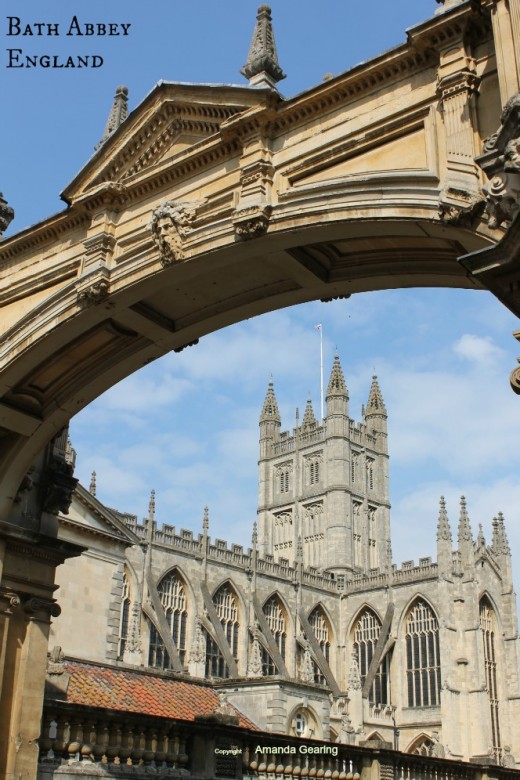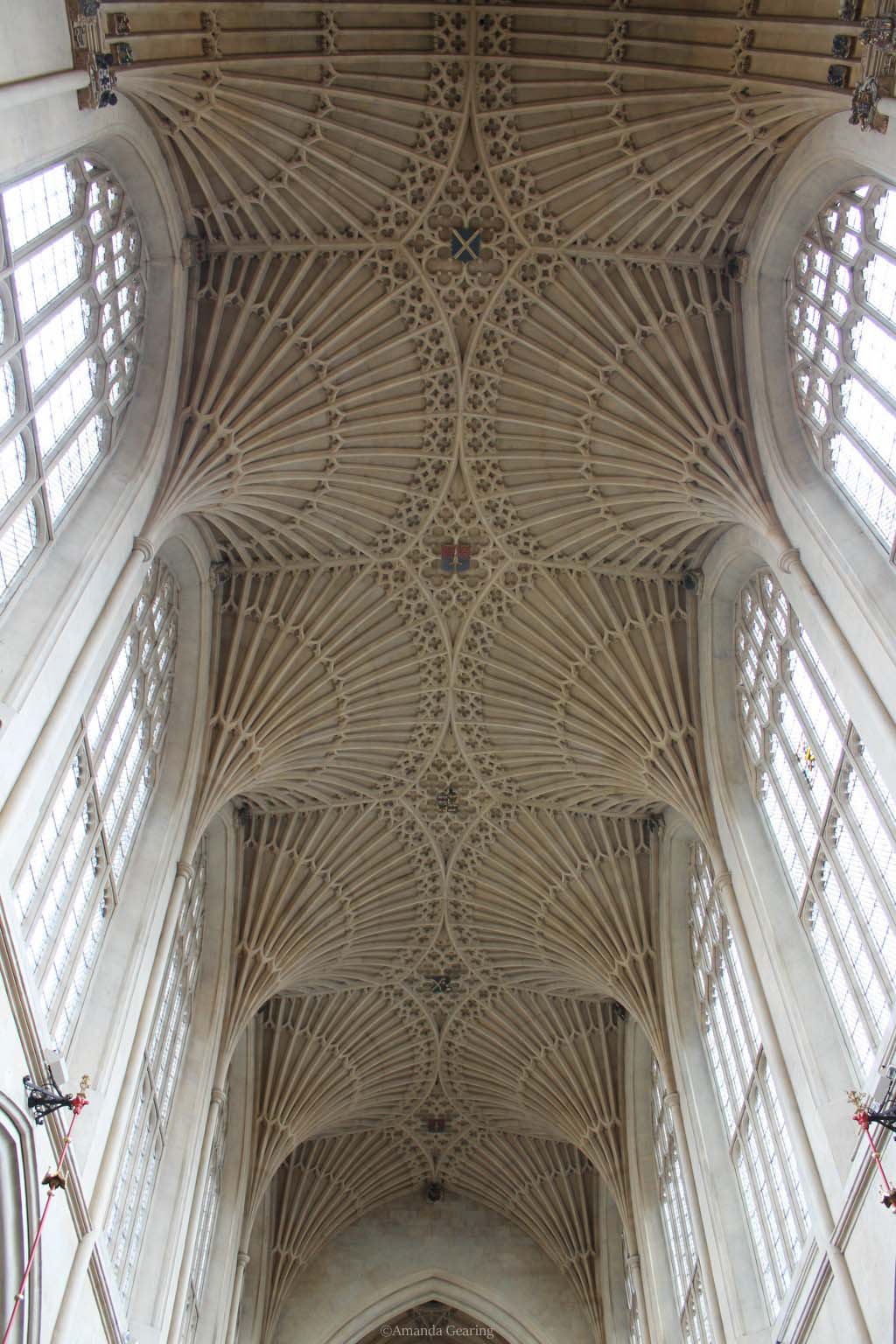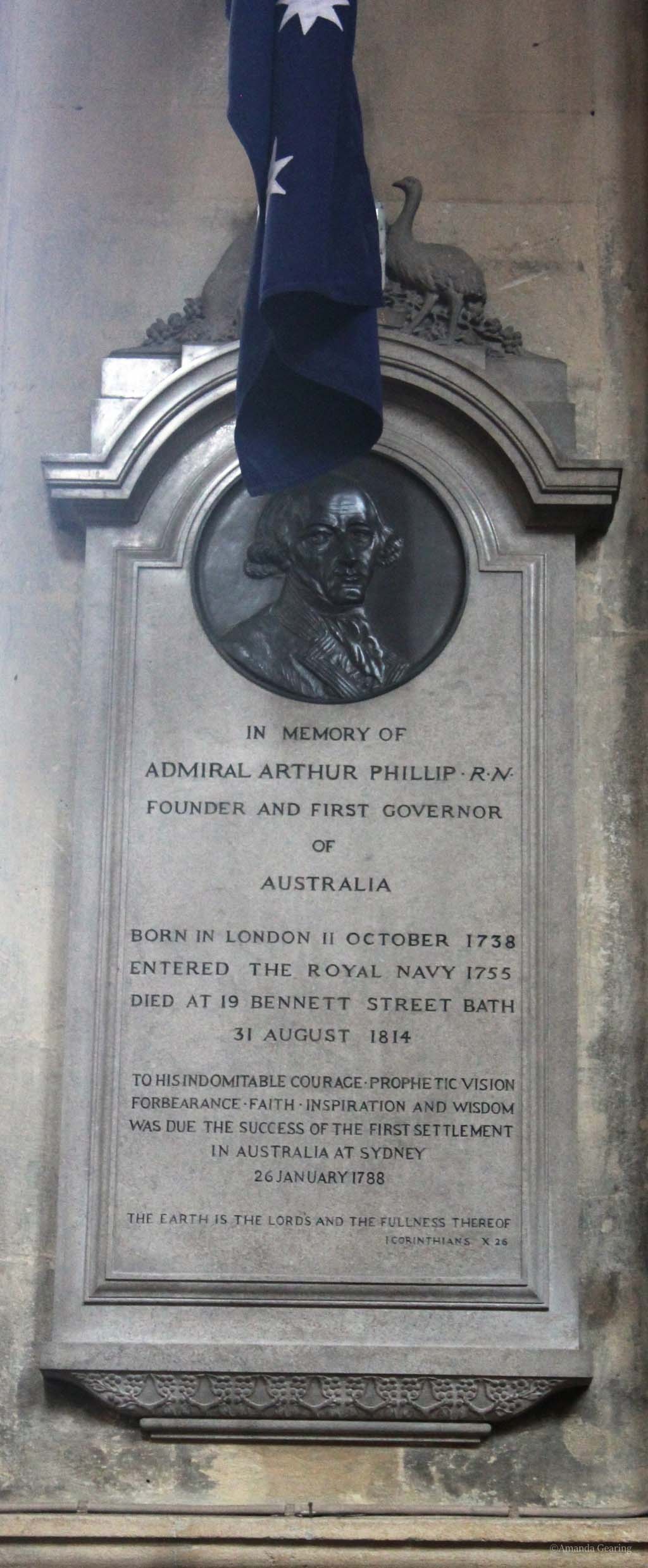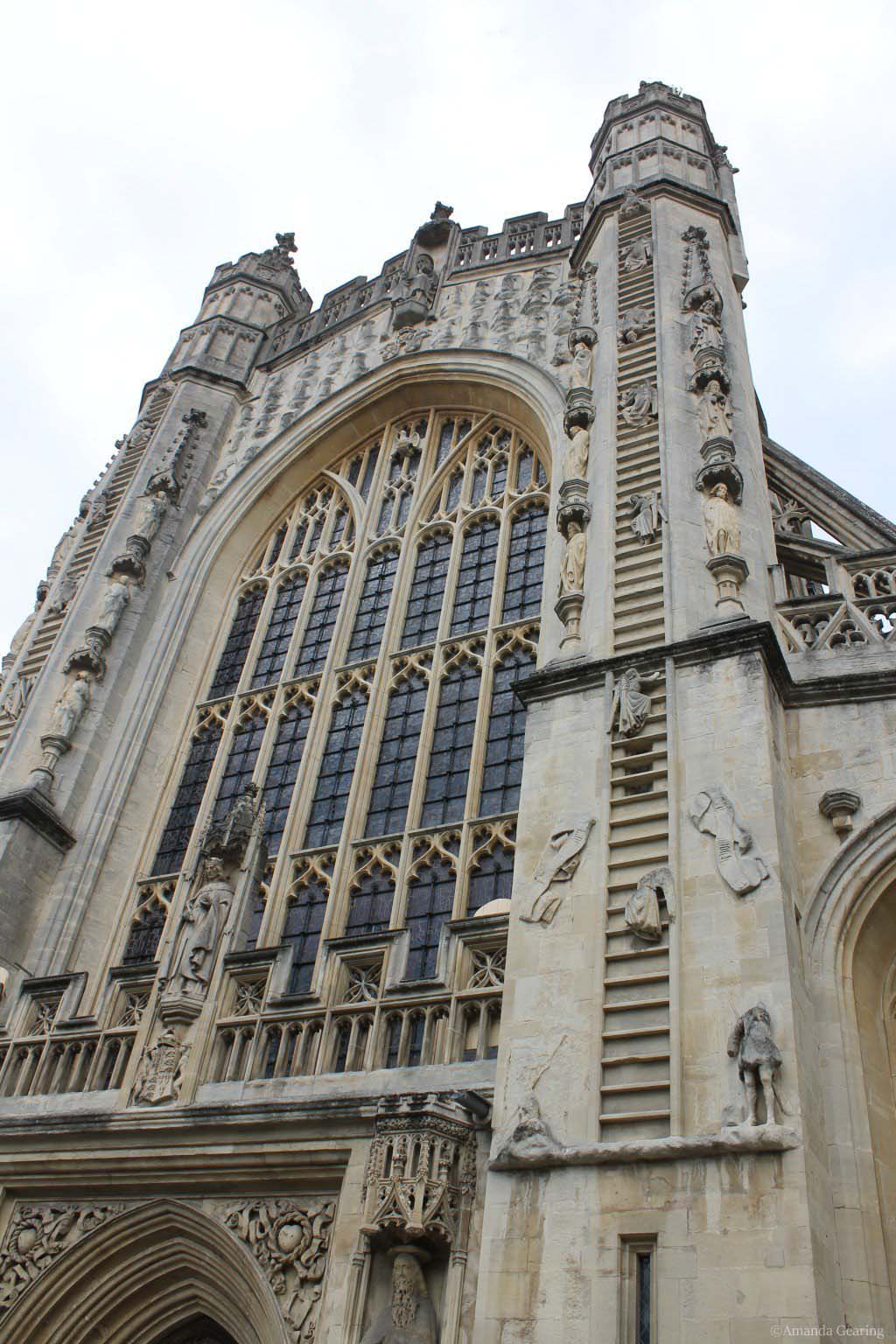Updated on July 24, 2013
Stepping into the soaring nave of Bath Abbey with its white Bath stone interior is breath-taking – as it was designed to be. Church architecture was designed to make people look upwards at the grandeur of the building.
The first place of worship on the site was a monastery and Abbey church founded by the Anglo-Saxons and built here in AD757.
King Edgar was crowned King of England in the abbey church in AD973. With the arrival of the Norman conquerors in 1066, French Bishop John of Tours became the Bishop of Bath and prepared to build an expansive new cathedral.
By the time of John’s death in 1122, the lower walls had been built but it was the subsequent Bihsop Robert of Lewes who completed the project in the 1160s – a building far bigger than the one seen today and with additional buildings including a monastery, garden, bishop’s palace and cemetery.
During the 1200s the city of Bath declined in importance and the Bishop’s seat of power moved to Wells.
The monks who remained worked in the wool trade. Half of them died during the Black Death in 1398 and those who survived could not look after the extensive buildings which were left to decay for the next hundred years.
The present abbey building was started in 1499 but it was not finished by the time King Henry VIII ordered the monasteries be forfeited to the crown in 1539.
The stained glass windows were removed, the roof was removed to reclaim the lead and the empty shell of the building was sold to a private owner.
The abbbey’s fortunes began to turn in the 1500s when it became a parish church for Bath.
Over following centuries, sections were added and restored.
War damage spurred more restoration projects and the roof, stonework, windows and the organ and bells were all repaired.
Another major restoration project began in 1991, to restore the front, clean the stonework and install a new Klais organ.
Parts of the Norman cathedral can be seen underneath the current abbey.
Captain Arthur Phillip
Born in 1738, Captain Arthur Phillip (Royal Navy) sailed with the First Fleet to Australia in 1788 and founded the first settlement of Europeans in Australia, a settlement to house English convicts. In February 1788 Captain Phillip selected the location for the settlement at Port Jacksonin, now part of Sydney.
He soon realised the convicts would need to be put to work to build the settlement, administer it and this meant the convicts would need to eventually be freed.
Before leaving England he had requested tradesmen for the new colony but this request was refused, so all he had to work with were the skills of the convicts and his army officers.
Capt Phillip became the first Governor of New South Wales, overseeing the arrival of the second and third fleets. After four years in the colony he had begun to free convicts, to grant land to them so they could establish farming enterprises. He sailed back to England in 1792, the year his wife died.
In 1794 he married again and lived in Bath. His health, which had been poor, gradually recovered and in 1796 he returned to the sea, taking various commands during England’s wars with France. He became a rear-admiral in 1799 and continued working until 1805.



He spent his retirement in Bath where he died in 1814. A memorial to him was unveiled in 1937 in Bath Abbey.
Captain Phillip was buried at St Nicholas Church, Bathampton, near Bath but he grave lay forgotten for many years until it was restored. An annual service of remembrance is held here around Phillip’s birthdate by the Britain–Australia Society to commemorate his life.



Recent Comments